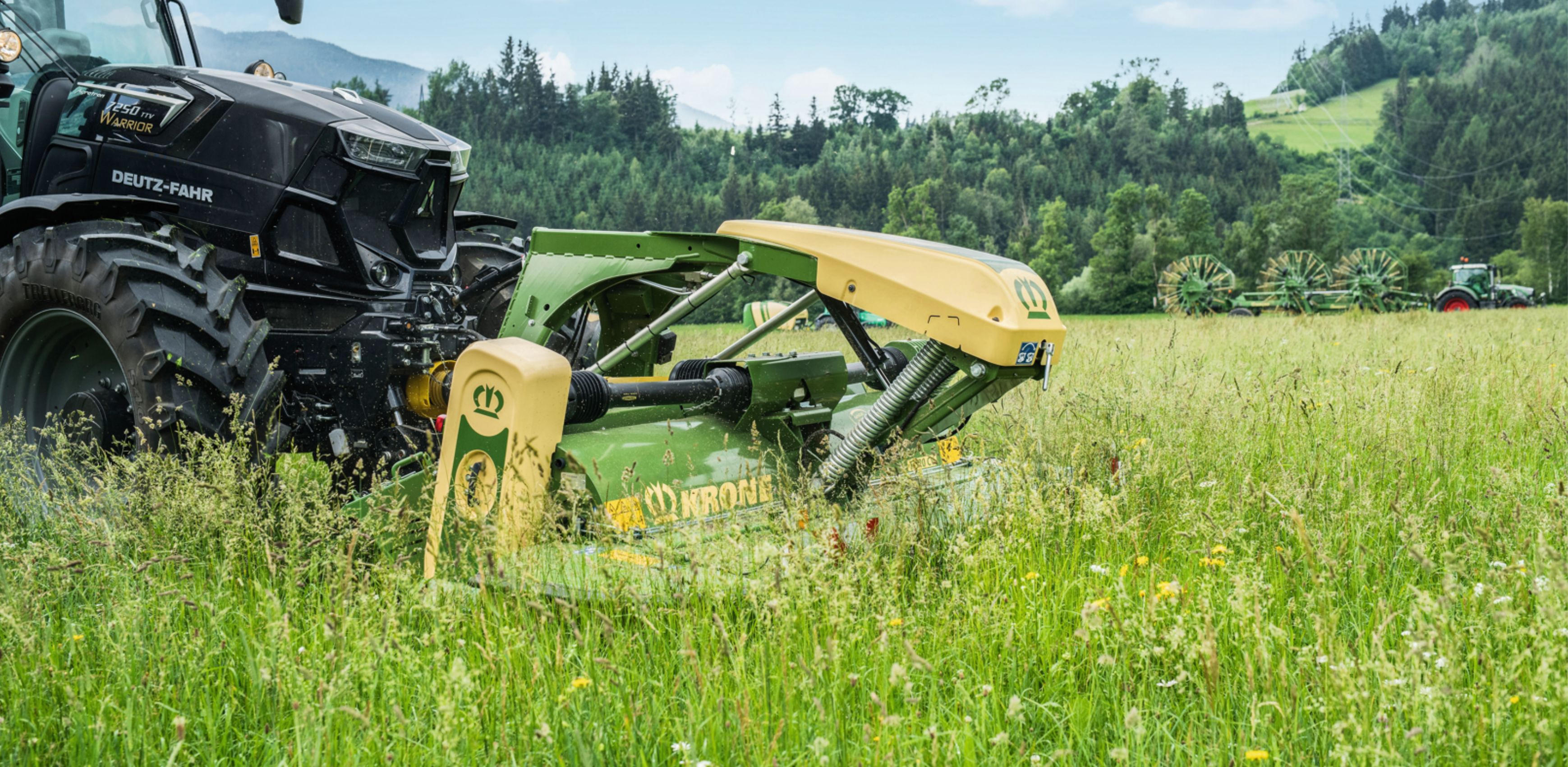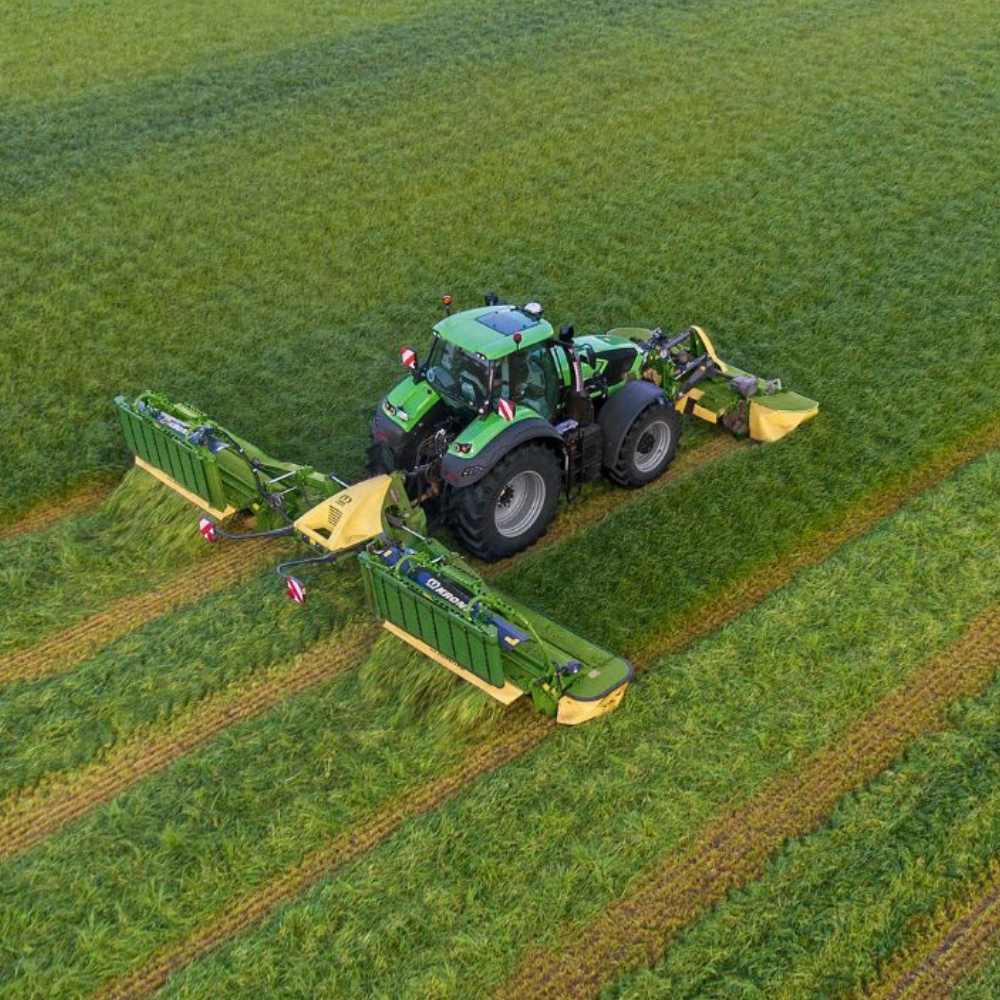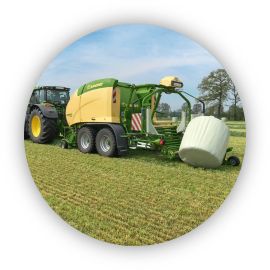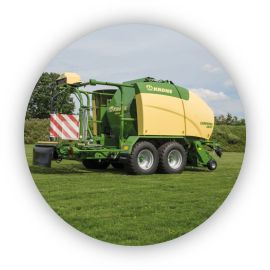
What Do the Best Farmers Do?
The key to success lies in determining the type of forage to be produced. Based on plans for the development of dairy and beef production in the coming years, estimates are made regarding the forage requirements, nutritional values, cleanliness, and palatability. To ensure profitability, there are different cost constraints for feed. Compensating for poor forage quality is difficult and costly, which is why a successful forage harvest is the foundation of profitable dairy and beef production. The best forage growers implement a well-thought-out strategy that tailors forage to the farm's production needs and maintains consistent quality between harvests and harvest years.
Precision Throughout the Process
To succeed with forage farming, careful planning and foresight are needed at every step, from establishment to harvest and storage. The foundation of forage farming is a sound forage strategy that takes into account soil type, climate, and irrigation capabilities when planning establishment, forage varieties, and fertilization. Another consideration is how many forage harvests the farm should aim for and whether it is worth taking more harvests to achieve better overall yield and nutritional value, even if it requires more work. To achieve efficiency in the work processes, avoid breakdowns, prevent soil contamination, and ensure high quality and yield, it is advisable to minimize rocks and irregularities in the soil.


